Hydrotherapy
Introduction
Hydrotherapy is a kind of therapy that implicates the usage of water to regale different health illnesses. This kind of therapy has been utilized for centuries and is considered to have been designed from old Greek and Roman cultures.
Hydrotherapy is an alternative such as naturopathic or nonpharmaceutical therapy. If an individual prefers to utilize hydrotherapy, make sure to acquire it from a respected hospital and doctor. Water is utilized for health aims, also known as water therapy. The remedies can actually be referred to as hydropathy, water therapy, or aquatic therapy, relying on the aim and service of it.
Before utilizing hydrotherapy as a remedy, patients should always consult with a doctor/physiotherapist.
What is Hydrotherapy?
Hydrotherapy is a procedure that utilizes water to regale a combination of signs throughout the body. It is also called water therapy, aquatic therapy, pool therapy, or balneotherapy.
Hydrotherapy directs operating water as a cure in any state. For example, it might be useful as a remedy for long-period health sicknesses for example arthritis and fibromyalgia, and for short-period skin-related issues such as burns and septic ulcers.
The water utilized in water therapy remedies can be either hot or cold, with various water forces and speeds. It’s depending upon the patient’s need.
Aquatic therapy also understood as hydrotherapy, implicates particular exercises that you do in a hot-water pool. The water is usually hotter than a normal swimming pool, the temperature of the water should be between 33 to 36 degrees Celsius.
As resistance to aqua-aerobics, which may be moderately difficult, aquatic therapy usually emphasizes mild, supervised movements and relaxation.
Doctors have utilized water to regale damages and illnesses as far back as the start of registered history. Medical specialists have initiated to believe hydrotherapy is a useful remedy for infrequent illnesses and symptoms. Investigations have exhibited that hydrotherapy can be a significant manner to regale symptoms involving muscle soreness and immobility in joints.
Some hydrotherapy approaches are as easy as sitting in a hot bath, which individuals can do at residence. Other methods construct the usage of technical spaces/instruments, for example, a cold sauna.
Tools for hydrotherapy may contain:
- Physical therapy tanks
- Swimming pools
- Whirlpool spas
- Hot tubs
- Saunas
- Showers
- Baths
Relying on the objective of therapy and the doctor, separately will have extraordinarily various techniques of application.
Aquatic therapy can be useful regardless of many of the joints involved. It is occasionally utilized if the individual had joint replacement surgery and if they have back pain, psoriatic arthritis, ankylosing spondylitis, and osteoarthritis, but it can be utilized for other kinds of arthritis as well.
Hydrotherapy guides the use of water to reduce aches and regale specific illnesses. Hydrotherapy instruments contain items for example, pools, spas, whirlpools, hot tubs, and physiotherapy tanks. Posing in hot water can support individuals with illnesses for example burns, amputations, septic ulcers, arthritis, and lesions. For the individual’s health and security, hydrotherapy demands the usage of clean, safe water, which needs to be preserved for the people’s health and security. Many of these individuals have drained immune systems as an outcome of continued diseases, making them particularly weak in designing new illnesses from impaired hydrotherapy pool water. Incidental consumption of polluted water, breathing in sprays and aerosols from the water, and permitting open wounds to arrive in touch with the water are all probable illnesses ways.
Hydrotherapy tanks, pools, and birthing tanks deliver particular problems for illness management since the water is frequently degraded with innately happening bacteria, some of which may not be toxic to healthy individuals.
How does Hydrotherapy work?
Hydrotherapy functions on a few various grades.
- Water temperature: Hot water facilitates the joints and muscles to relax. Relaxation enables one to force it easier and causes it easier to exercise.
- Buoyancy: A individual inherently flows in the water, so the water enables the body to help itself. This decreases stress on the muscles and joints.
- Resistance: It is more difficult to reposition through water than air due to the resistance. This assists to construct muscle power.
What are the Types of Hydrotherapy?
The type of hydrotherapy can be suggested by a doctor, physiotherapist, or alternative fitness specialist relying on the health goals of a person.
Aquatic activity
Aquatic therapy is a kind of low-effect activity that is usually accomplished in a pool utilizing technical tools. It makes it doable for individuals to improve their heart rates and muscle movement without inducting unnecessary stress on their joints.
These activities are perfect for geriatric patients who may be at a more increased chance of falling and who just find functioning in a low-effect atmosphere easier, as well as for those with arthritis/fibromyalgia.
Warm water baths
Hydrotherapy contains taking a hot water bath and comforting. To improve the bath, the patient may even add salts, minerals, essential oils, or other things.
Saunas
Relying on the intention, saunas can be either wet or dry heat, and chilly/chilled. These entail sitting in a room that has been warmed/dried to a precise temperature.
Water circuit therapy
Water circuit therapy also known as contrast hydrotherapy, includes utilizing a mixture of hydrotherapy techniques one after another, generally swapping between warm and cold water to enhance blood circulation and alleviate symptoms.
Relying on the therapist and the individuals, the circuit may counter especially, even though it may combine a type of methods, containing:
- Warm baths
- Wet or dry saunas
- Cold plunges
- Cool baths
Immersion therapies
Immersion therapies contain a patient immersing herself in water to get comfort. They contain:
- Warm baths
- Cool baths
- Cold plunges
- Sitz baths
- Hot tubs with jet massages
- Whirlpool baths
Why is Hydrotherapy used?
Hydrotherapy is especially utilized to alleviate symptoms for example ache and immobility. A therapist might instruct a format of hydrotherapy as a component of the wider therapy/symptom management program. Hydrotherapy can aid individuals with these symptoms to sense better:
- Pain.
- Stiffness.
- Bruising.
- Swelling.
- Muscle pain.
- Menstrual pain.
Hydrotherapy may just be utilized for purification aims as water therapy, or as a variety of physiotherapy. Regardless, its main role, which has existed for a very long period, is to transfer heat and cold to the affected part. Types of methods are utilized in hydrotherapy and many of them create usage of water as a medium to stimulate thermoregulatory reactions for restorative advantage.
Hydrotherapy is utilized in nursing where it has a prolonged history of usage, in addition to cure. It resumes to be widely utilized for burn cure. Yet, shower-based hydrotherapy approaches have been increasingly operated with the intention of full-immersion processes, partly for the comfort of cleansing the instrument and minimizing infections because of contamination. When tissue removal is required to regale wounds, hydrotherapy works as a precise kind of mechanical operation may be used. Examples of this contain healing irrigation with suction and directed wound irrigation.
What does Hydrotherapy treat?
Utilizing water in different conditions and temperatures can aid individuals with a combination of illnesses to experience comfortable. Hydrotherapy can provide symptomatic alleviation to individuals with underlying illnesses:
- Osteoarthritis.
- Fibromyalgia.
- Parkinson’s disease.
- Neuropathy.
- Ankylosing Spondylitis (AS).
- Multiple sclerosis (MS).
- Cerebral palsy.
It is necessary to determine that hydrotherapy does not fix any of these illnesses. It should not take the role of any treatments which the doctor defines for you. Hydrotherapy normally enhances health by presently decreasing pain, immobility, and edema.
Encountering a secure manner to experience sufficiently is never faulty, but hydrotherapy will not be capable to regale many illnesses particularly more intense chronic illnesses.
Hydrotherapy for burns
Hydrotherapy can assist individuals with burn damage. A jet spray of water is an adequate and secure manner to wash open wounds and burned skin. Regaling burns with pressurized water can also aid alleviate:
- Pain.
- Redness.
- Scarring.
- Permanent discoloration.
Use hydrotherapy in physiotherapy
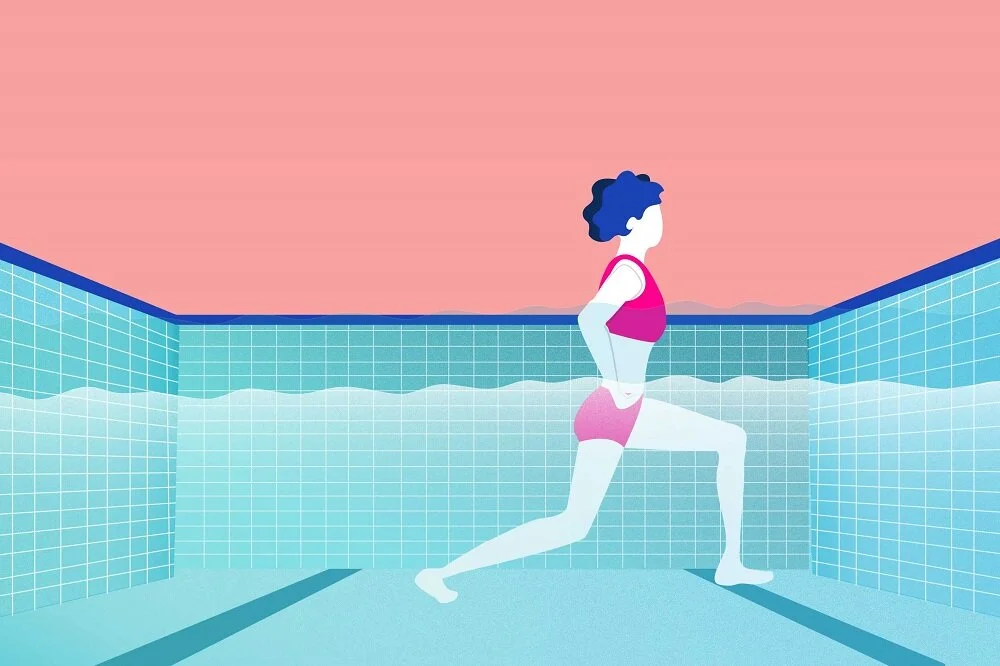
In addition to physiotherapy, hydrotherapy is a useful complement for those recuperating from an operation/injury. Rolling in water provides a low-resistance way to exercise safely. Individuals have certainly listened of swimming/water aerobics as excellent options for those who encounter aches from other types of exercise.
Constantly talk to medical professionals before restarting any physical exercise after an operation. Hydrotherapy tanks, pools, or tubs can boost the chance of illness. An individual must wait a fixed amount of period after the surgery prosses before they can obtain the incision area moist.
Use of hydrotherapy in pregnancy
Hydrotherapy has been demonstrated to be valuable for some women in their pregnancy period. An analysis encountered that pregnant individuals with elevated blood pressure may be capable to reduce their chance of difficulties, for example, pre-eclampsia with typical hydrotherapy intervention.
Some pregnant individuals prefer to labor in hot water, which can boost their convenience and reduce aches and anxiety.
Consult with the doctor about what an individual wants to be contained in the pregnancy period and labor procedure.
Use of hydrotherapy in weight loss
Hydrotherapy on its own does not provoke, facilitate or enhance weight loss. Yet, exercise programs that include functioning out in water can assist an individual to lose weight and enhance their general fitness.
Use of Hydrotherapy for Children
Hydrotherapy is usual in the cure of children with neurological and orthopedic illnesses, or underlying surgery to enhance function and enhance quality of life. Pediatric illnesses that may benefit from hydrotherapy.
Hydrotherapy can be useful in a number of pediatric illnesses, containing:
- Cerebral palsy,
- Spina bifida,
- Muscular dystrophy,
- Autism,
- Dyspraxia,
- Down’s syndrome
Goals of hydrotherapy for children:
Hydrotherapy for children aims to execute similar purposes to that of a land-based agenda. It’ll be used in a mixture with a land-based agenda to secure the carry-over of usable skills. Specific purposes of a pediatric hydrotherapy schedule contain:
- Upgrade of standard development
- Functioning toward physical milestones
- Decrease pain
- Normalise tone
- Increase strength
- Increase function
- Nourish relaxation if appropriate
- Mobilise stiff joints
- Improve capability to weight-bear
Use of Hydrotherapy in Cardiovascular & Pulmonary Conditions
Individuals with a record of chronic cardiovascular or pulmonary diseases can aid from hydrotherapy by raising their muscular and cardiopulmonary constancy.
Any person examined with a chronic cardiovascular/pulmonary illness would benefit from the insertion of hydrotherapy within their rehabilitation schedule. Cardiovascular & pulmonary illnesses hydrotherapy support with containing:
- Chronic Obstructive Pulmonary Disease (COPD)
- Heart failure
- Angina
- Underlying myocardial infarction (heart attack)
- Underlying heart or lung surgery
Hydrotherapy with comparative care from a physiotherapist
Hydrotherapy is specifically advantageous in people who encounter exercise on the ground as a challenge because of aches/limitations. This group of individuals may contribute with a cardiovascular/pulmonary illness bred with a musculoskeletal difficulty for example:
- Osteoarthritis
- Rheumatoid arthritis
- Underlying current surgery
- Lower back pain
- Current ankle sprain/any other painful lower limb damage
Purposes of Hydrotherapy in Cardiovascular and Pulmonary Conditions
Hydrotherapy may be utilized as part of a pulmonary rehabilitation/cardiac rehabilitation schedule. Patients with different medical problems can exercise more comfortably because of the unique corroborating environment of hydrotherapy. The aims of rehabilitation are:
- Boost exercise toleration
- Decreasing the incidence of shortness of breath (dyspnoea)
- The enhancement of well-being and quality of life (QOL)
- Strengthen muscles
- Enhance knowledge and awareness of individuals so they are adequately capable to deal with their illness on an ordinary basis.
- Reduction of pain
- Enhance functional ability
Use of Hydrotherapy in Neurological Conditions
In a mixture of further rehabilitative approaches, hydrotherapy is utilized to regale individuals with a variety of neurological illnesses. Patients with neurological conditions may continually perform an activity in the water that they can’t do on the ground/floor.
Neurological illnesses that may aid from hydrotherapy are:
- Multiple sclerosis (MS)
- Cerebro-Vascular Accident (CVA – generally understood as a stroke)
- Muscular dystrophy
- Parkinson’s disease
- Traumatic brain injury
- Guillain-Barré syndrome(GBS)
Purposes of hydrotherapy for neurological conditions
The goals of hydrotherapy are alike to those of an on-floor schedule; yet, they can be more successfully gained because of the physical effects of warm/hot water:
- Avoid body tissue injury, and force inflexible joints
- Use of buoyancy impact to enhance muscle movement
- Expand motor control via the usage of functional destinations
- Enhance muscle power
- Enhance persistence
- Encourage function and improve independence in ADLs
- Enhance the quality of life (QOL)
What are the Benefits of hydrotherapy?
Utilizing hydrotherapy as a domain of physiotherapy can direct to many advantages for example:
- Reduced pain: Utilizing warm/hot water had a considerable pain-alleviating impact in individuals with regular illnesses of the musculoskeletal system and connective soft tissues. The region may feel fewer aches appreciating the warm/hot water’s potential to relax pain signals, relax the muscles, and enhance blood circulation.
- Enhancing cognitive health: Some individuals’ cognitive health may be enhanced by water-based movements, according to the Centres for Disease Control/Prevention (CDC). For example, those who have fibromyalgia could realize that water training cure reduces their anxiety and melancholy. Swimming also enhances mood and assists escape stress via exercise.
- Faster recovery from surgery
- Re-education and encouragement of normal movement
- Arthritis symptoms: Hydrotherapy may also assist with some arthritis problems. For example, one analysis found that 8 weeks of aquatic exercise, especially enhanced knee activity and pain qualities in individuals with osteoarthritis. Another analysis found that individuals with rheumatoid arthritis (RA) who exercised moderately in the water during taking their drug feel progress in their sickness signs, involving more down levels of oxidative tension. Permits persons who aren’t capable to carry their own weight to stand up because of the buoyancy of water.
- Enhanced walking method
- Enhanced aerobic fitness levels
- Enhanced balance and coordination
- The increased power of weak muscles
- Increased ROM of the joints
- Enhanced independence in ADLs function
- Enhanced circulation in the body
- Mobilizing and lengthening the muscles
- Enhance self-confidence
- Reduce the fear of falling
- A relaxing and calming experience: Considerable hydrotherapy approaches even stimulate cognitive and physical relaxation. Warm/hot water may assist in decreasing muscle stress and prompting a comfortable structure of mind.
- Recovering from workouts: Various hydrotherapy techniques that rotate between warm and cold water can be utilized by athletes. Many individuals consider that this kind of contrast hydrotherapy support in their healing from severe exercise and assists them avoid slowed beginning muscle soreness.
To maximize these benefits, the physical therapists will provide that the hydrotherapy is customized to patients’ requirements. Physical therapists will make sure you sense alleviation in the water and will be capable to change the schedule if the patient gets uncomfortable. For example, functioning exercises during utilizing the sidebar as support.
What are the contraindications of Hydrotherapy?
Underlying are the severe and definite contraindications to specifying hydrotherapy:
Severe contraindications:
- Cardiovascular disease
- Cardiopulmonary disease
- Diabetic
- Balance disorder
- History of CVA, Epilepsy
- Incontinence
- Labyrinthitis
- Cold
- Influenza
- Fever
- Skin conditions
- Chemical allergies (Chlorine)
Definite contraindications:
- Contagious diseases
- Hepatitis
- Tracheotomy
- Urinary tract infection
- Serious Epilepsy
- Urinary incontinence
- Open Wounds
- Recently Surgery
- Hydrophoby
What are the risk and side-effect of Hydrotherapy?
Hydrotherapy is secure and has irregular side effects. Yet, some side impacts may involve:
- Slipping/other accidents
- Burns from hot water
- Frostbite from the frozen water
- Infections
Conclusion
Hydrotherapy may have different advantages as a corresponding cure to normal remedies.
Relaxing hydrotherapy approaches, for example, foot baths, and saunas, may enable individuals to relax and decrease anxiety and undesirable signs.
In every patient, functioning with a therapist to prefer the considerably appropriate approaches for the person is even required.
FAQ
What is the hydrotherapy used for?
Hydrotherapy includes the usage of water for mild aches and regaling specific medical illnesses. The hydrotherapy instruments involve hot tubs, pools, whirlpool spas, whirlpools, and physiotherapy tanks.
What are the 3 benefits of hydrotherapy?
Decreased ache.
More rapid healing from surgery.
Re-education and motivation of normal activity.
Allows standing in those who are incapable of weight-bear out of the water – the buoyancy impact of water.
Enhanced walking process.
Enhanced aerobic wellness levels.
Enhanced balance and coordination.
How do you perform hydrotherapy?
Begin your shower on warm/hot for 2-3 minutes. Modify your water temperature to as cold as you can endure. We suggest 30 seconds at the start and constructing up to 1 min. Do repeat 2-3 times. Complete with a cold shower, for a longer-lasting power gain.
What is the treatment procedure for hydrotherapy?
There is a usage of both hot & cold water concurrently and individuals are provided contiguous baths one with cold and one with warm water. This bath assists in calming the body by sitting choice in both baths. Baleno therapy: This assists in recovering illnesses, for example, arthritis, skin allergies, and fibromyalgia.
What is the difference between hydrotherapy and water therapy?
The difference between hydrotherapy and water therapy is that water therapy utilizes water as the preliminary cure modality, whereas hydrotherapy can even contain other approaches for example, heat packs, cold packs, electrical stimulation, ultrasound waves, and massage.

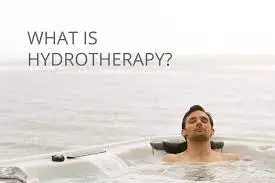

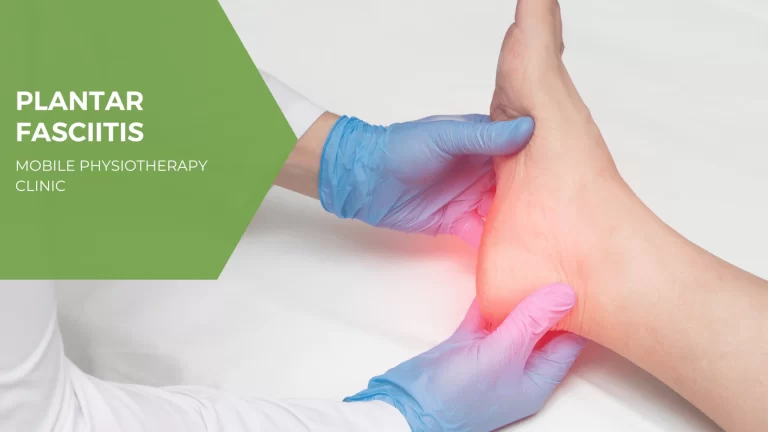
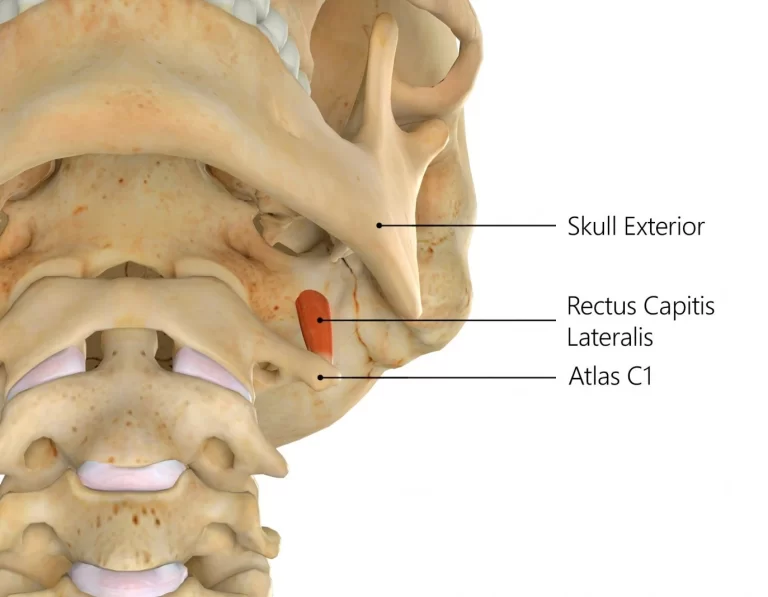
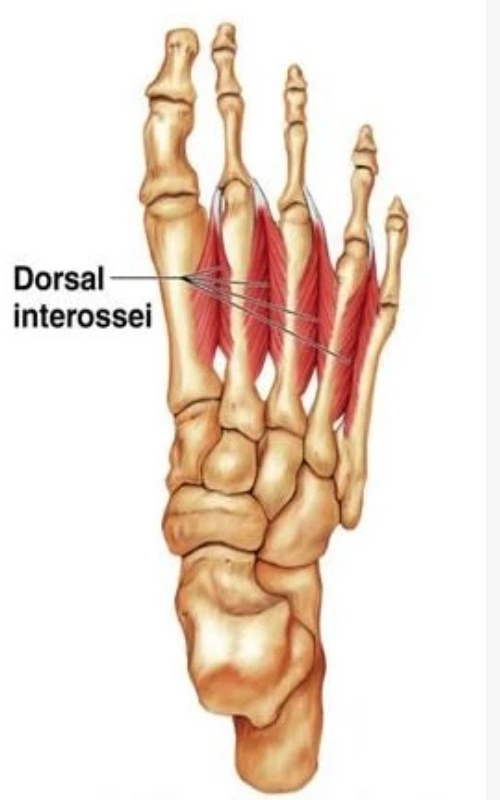
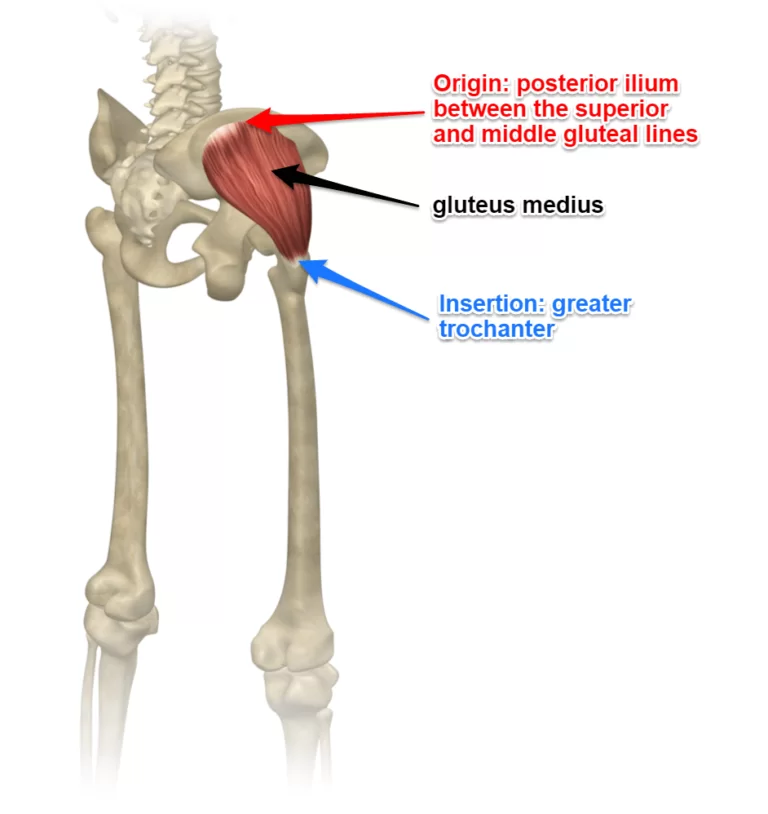
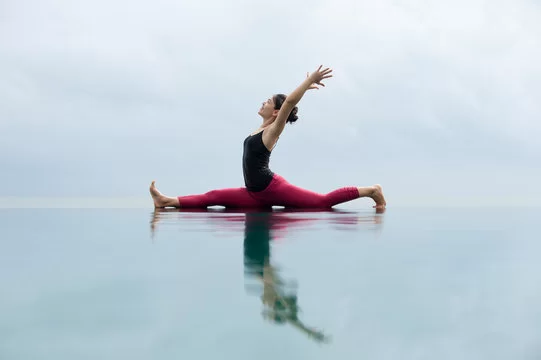
16 Comments